A Journey into the Heart of the Renaissance: Certaldo and Florence Through History, Art, and Literature
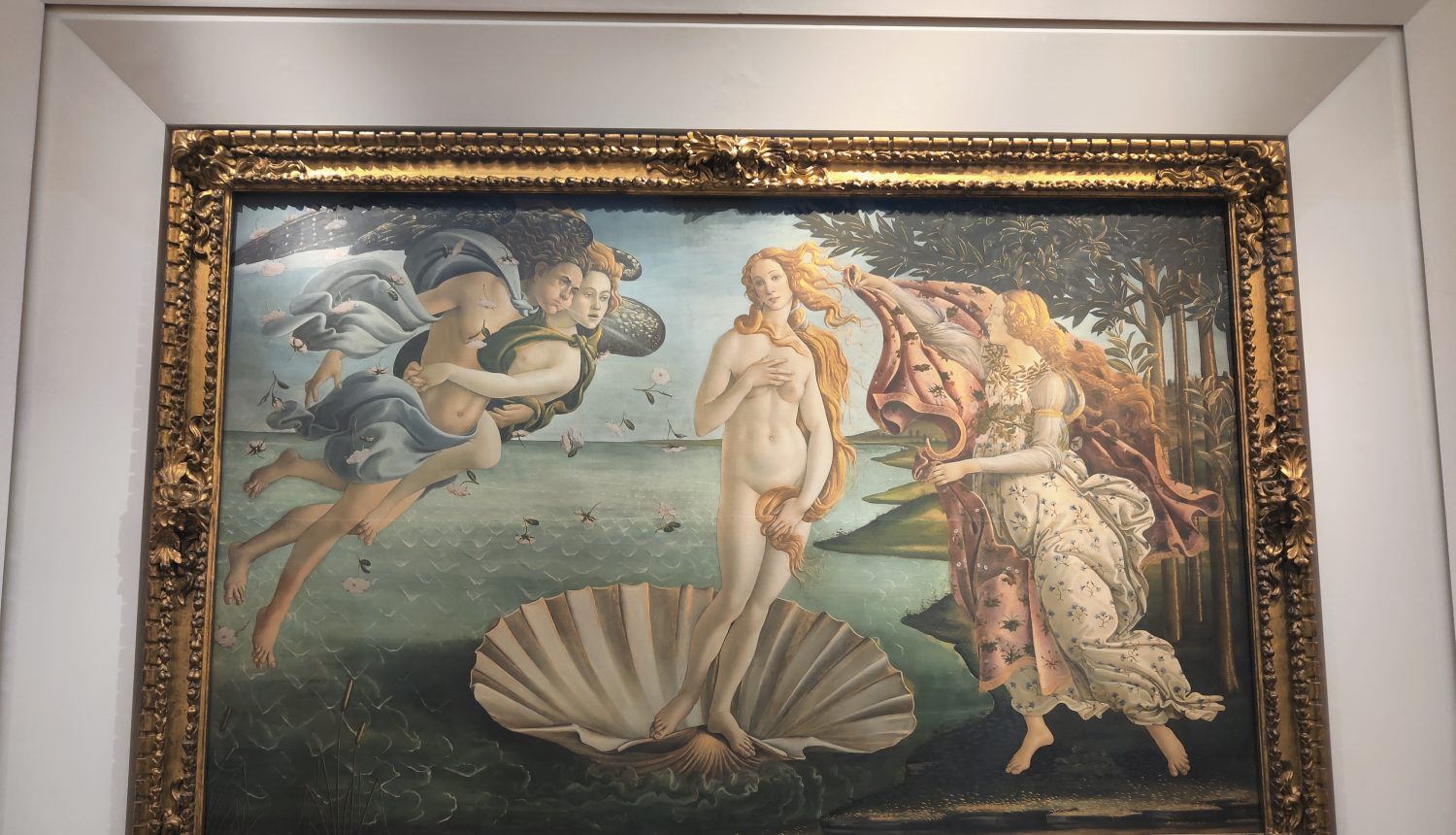
Written by Francesco Ramagli, Italian Literature Professor
There are journeys that are not measured in kilometers but in experiences and discoveries. The trip to Certaldo and Florence was one of them—an immersion into the world of Giovanni Boccaccio and the Italian Renaissance, transforming history and art into something vivid and tangible.
Certaldo, a medieval village overlooking the Tuscan hills, was the first setting of this adventure. Walking through its cobbled streets and passing through its red-brick walls felt like stepping into a place suspended between past and present. The visit to Giovanni Boccaccio’s House marked the first encounter with the great author of the Decameron. Here, an actress passionately performed one of his tales, bringing to life the themes and irony that made his name immortal.
This encounter with Boccaccio’s words revealed to the students not only the beauty of the ancient language but also the relevance of his themes—irony, human weaknesses, and the love of storytelling. They listened attentively, carried away by a voice that seemed to echo straight from the 14th century.
Next, at the Palazzo Pretorio, students took part in a team treasure hunt. Surrounded by frescoes and historical documents, they followed Renaissance-themed clues, solving riddles that helped them better understand the era and its key figures. This activity made the discovery interactive and engaging, fostering both curiosity and teamwork.
The following day, Florence welcomed the students with its extraordinary beauty. The visit to the Museo Horne offered a unique glimpse into Renaissance daily life. Objects such as furniture, tableware, tools, and clothing revealed how people of the time lived—from merchants to artisans. This exploration brought the Renaissance closer and made it more relatable, bridging the gap between historical figures and everyday life.
In the afternoon, the much-anticipated visit to the Uffizi Gallery allowed students to admire masterpieces that have shaped the history of Italian art. Botticelli’s Primavera, Leonardo’s Annunciation, and Caravaggio’s paintings were all gateways to an intense dialogue between past and present, guided by expert explanations. The guides illustrated how the Renaissance placed humans at the center of the world, celebrating beauty and the progress of knowledge.
This journey sparked deep reflections. The students didn’t just observe the artworks; they sought to understand their broader significance and appreciate the unique details that make them such invaluable testimonies of the past. Through these masterpieces, the Renaissance offered an opportunity to reflect on the role of creativity and culture in our own society.
An intense and enriching trip, this experience allowed the students to peer through the window of time and witness an artistic panorama of extraordinary uniqueness and beauty—one they will undoubtedly carry with them forever.





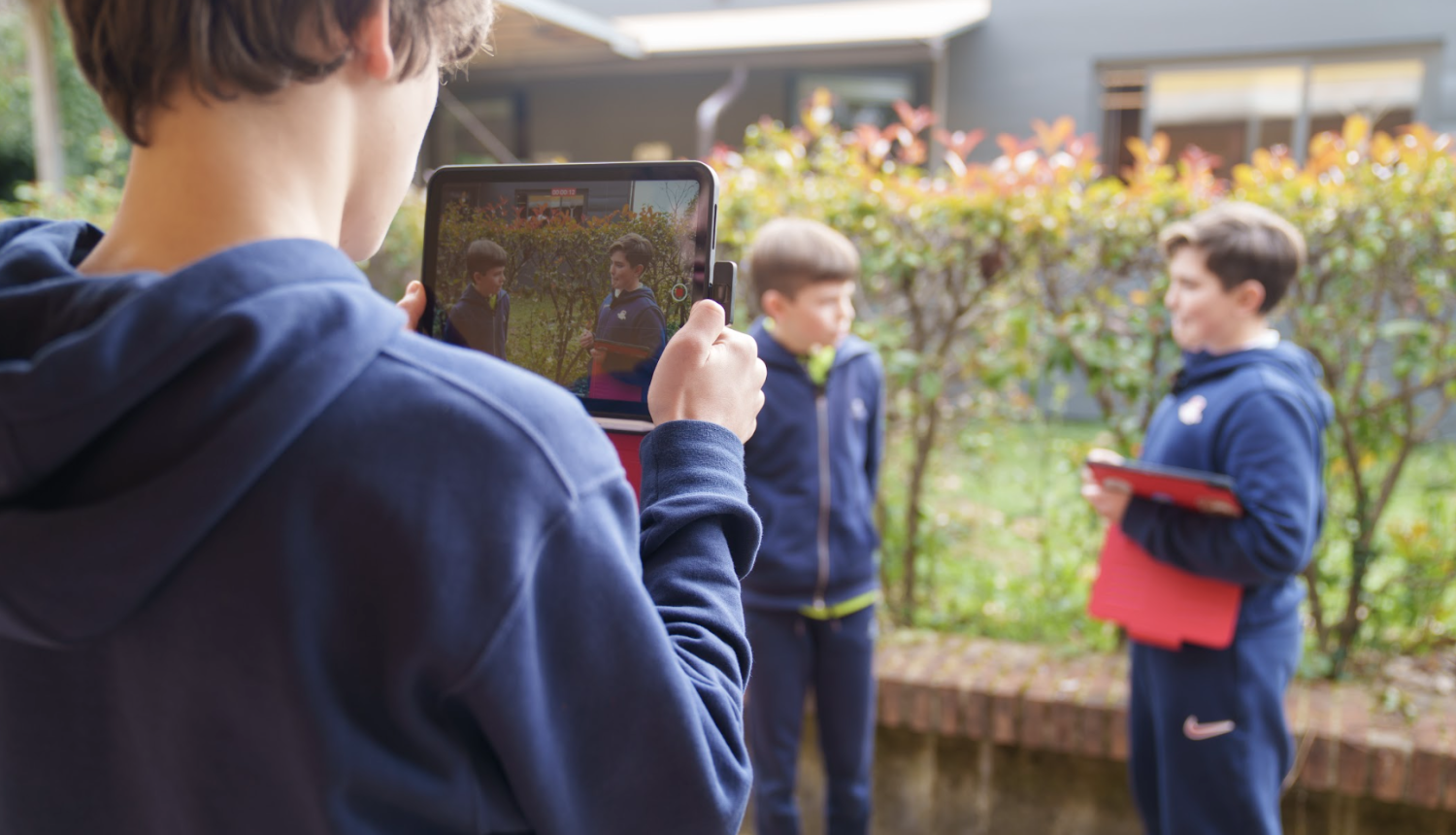

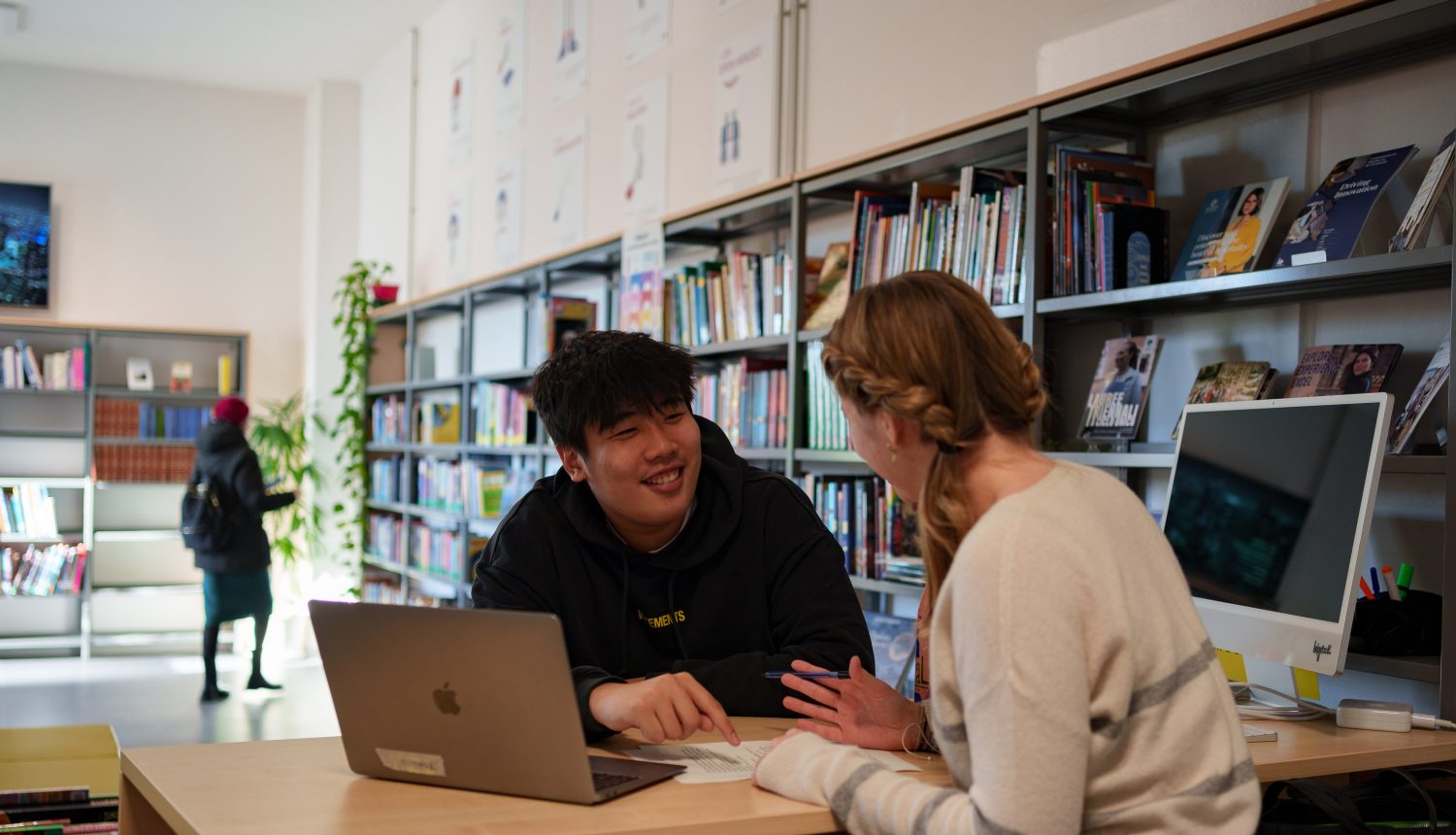
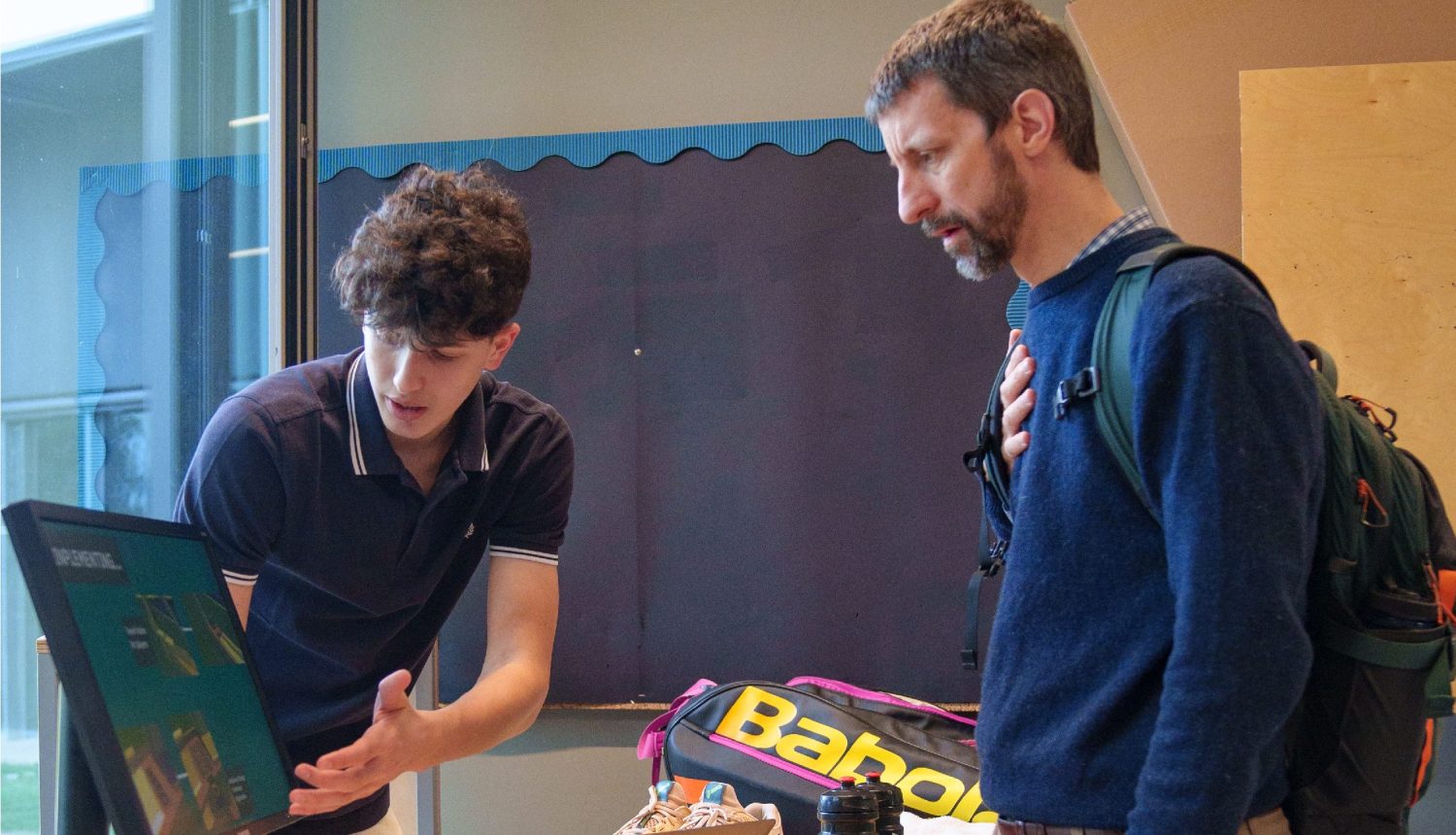
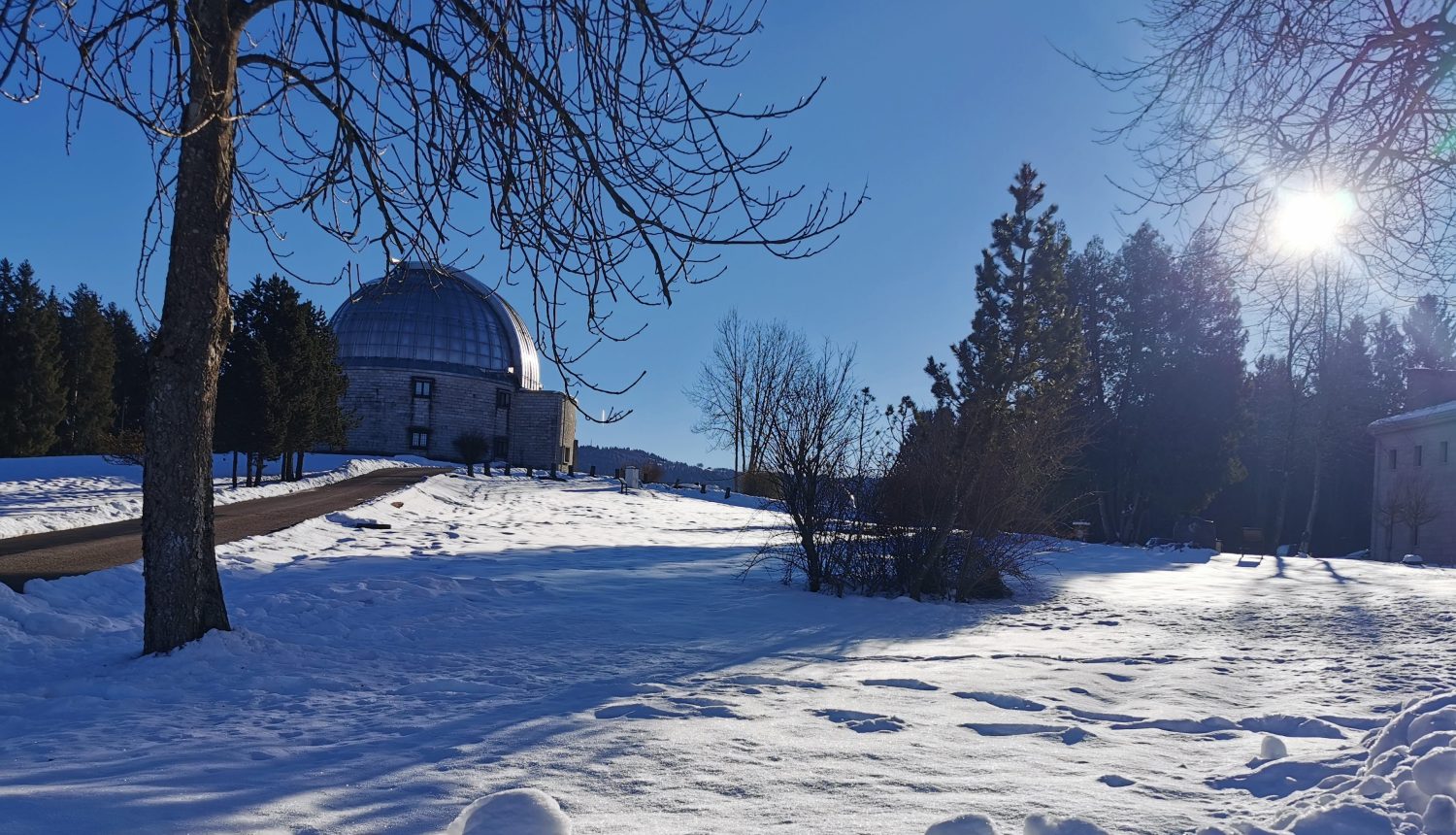
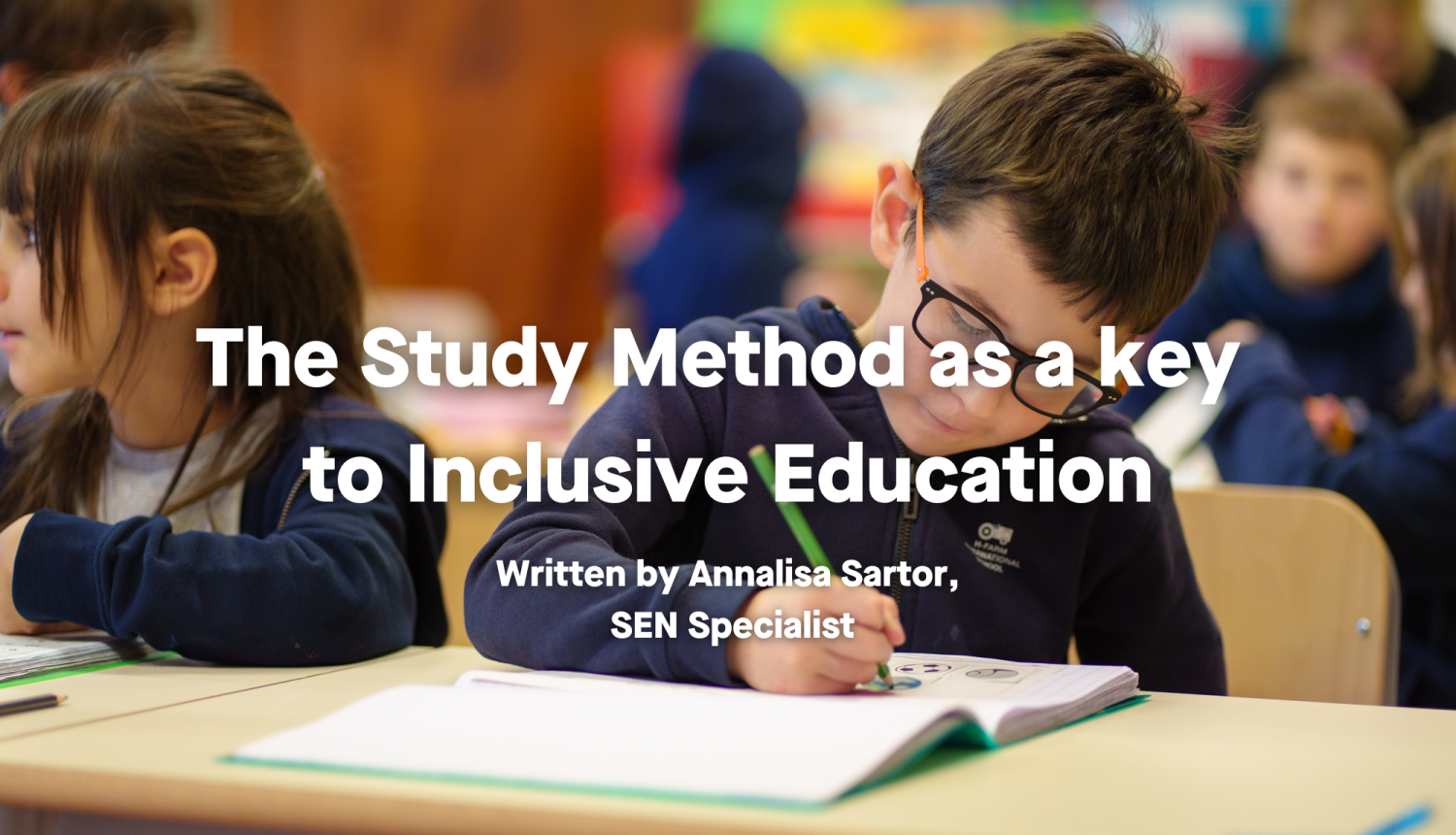
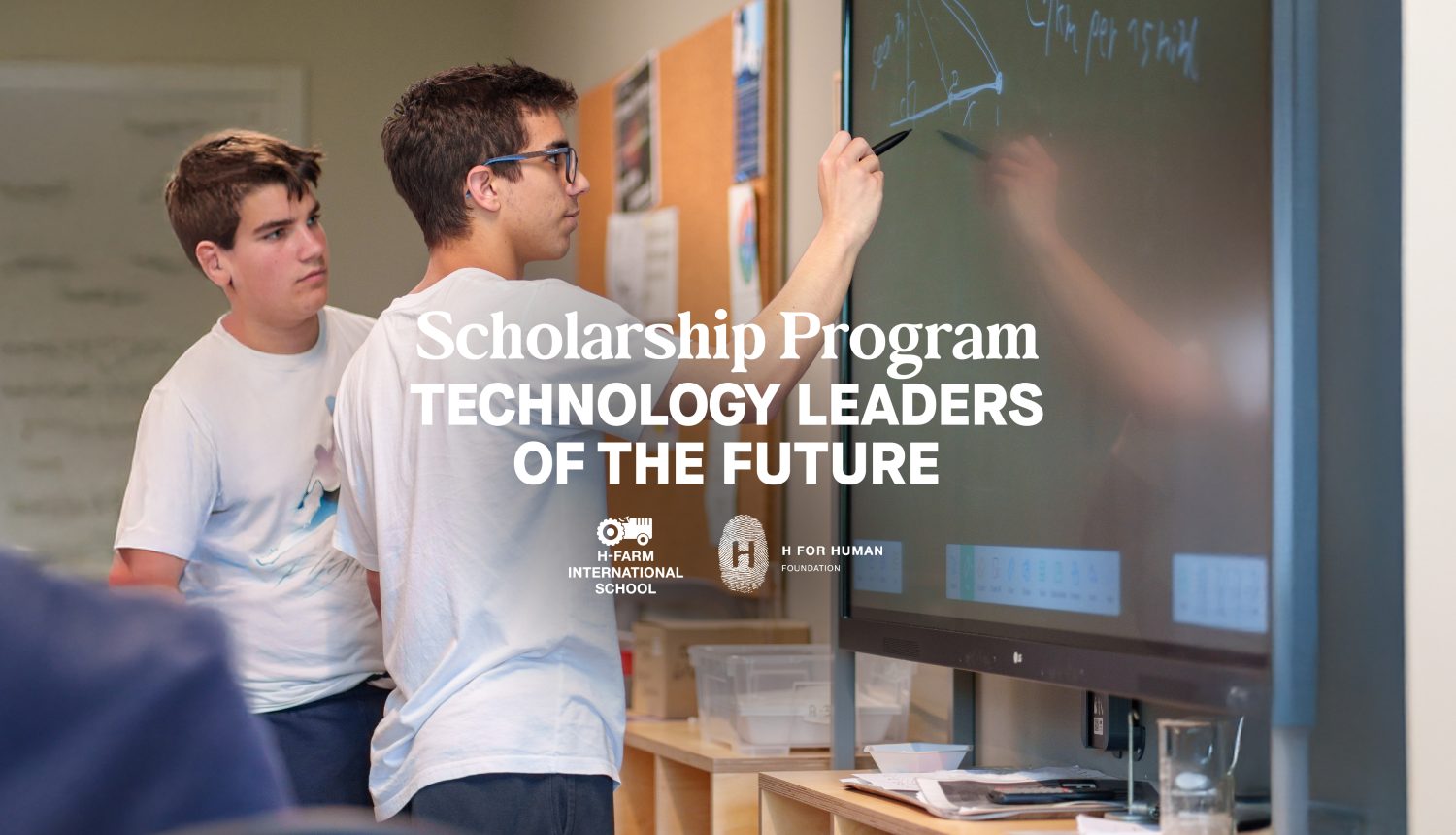

 Back
Back
